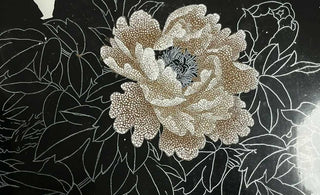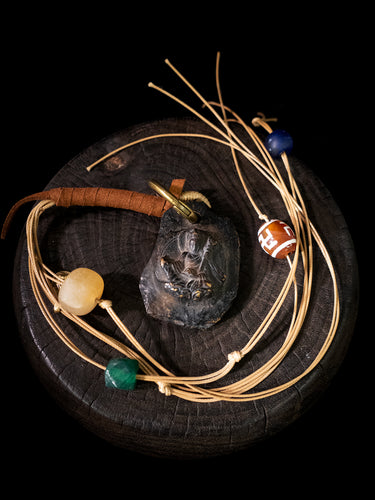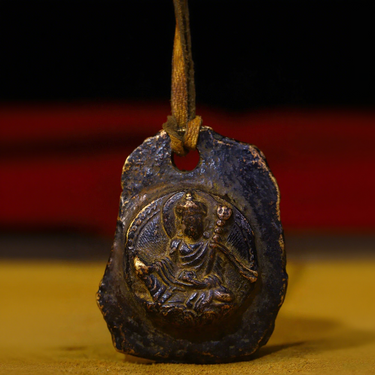
In the realm of interior design, there exists a captivating allure to the intricate beauty of Eastern aesthetics. Among the many art forms that embody the cultural richness of the East, lacquer painting stands as a timeless masterpiece. At Oriental Aesthetics, we are dedicated to preserving and celebrating classical oriental art, offering top-tier professional services tailored to oriental artists, collectors, and enthusiasts who cherish and value these magnificent creations.
The Timeless Craft of Lacquer Painting
Lacquer painting, deeply entrenched in the annals of ancient Asian traditions, is an art form that harnesses the natural essence of lacquer extracted from the sap of the lacquer tree.Originating in East Asia, particularly China, Japan, and Vietnam, lacquer painting involves a meticulous and intricate process that results in exquisite works of art known for their beauty, durability, and symbolic significance.At its core, lacquer painting revolves around the use of natural lacquer, a resinous substance derived from the sap of the lacquer tree (Toxicodendron vernicifluum). The artist carefully applies multiple layers of this lacquer onto a variety of surfaces, such as wood, metal, or paper. Each layer is meticulously cured and polished before the next one is added, creating a smooth and lustrous surface. This labor-intensive process requires both patience and skill, as the artist must navigate the delicate balance between layering the lacquer and allowing it to dry and harden.
One of the distinctive features of lacquer painting is its versatility in terms of style and subject matter. Artists can create anything from traditional landscapes and scenes from nature to intricate designs and abstract compositions. The inherent reflective quality of lacquer adds a depth and richness to the colors, enhancing the visual impact of the artwork. The use of materials such as gold leaf, mother-of-pearl inlays, and pigments made from minerals and organic substances further enriches the visual experience, contributing to the unique aesthetic of lacquer paintings.Beyond its visual appeal, lacquer painting often carries profound cultural and spiritual significance. In many East Asian cultures, lacquerware has been associated with wealth, luxury, and religious rituals. The symbolism embedded in these artworks can range from representations of nature and mythology to expressions of philosophical concepts. The meticulous craftsmanship required for lacquer painting is often seen as a form of meditation, where the artist's focus and dedication become integral parts of the finished piece.
While rooted in tradition, contemporary artists continue to explore and innovate within the realm of lacquer painting. Experimentation with new materials, techniques, and themes has allowed this ancient craft to evolve and remain relevant in the modern artistic landscape. Lacquer paintings have found their way into museums and galleries worldwide, showcasing the enduring allure of this timeless craft.
Versatility and Innovation in Lacquer Painting
The enduring appeal of lacquer painting lies in its versatility and capacity for innovation. Versatility and Innovation in Lacquer Painting illuminate the dynamic evolution of this ancient art form, demonstrating its adaptability and resilience in the face of changing artistic landscapes. Traditionally rooted in East Asian cultures, lacquer painting has undergone a remarkable transformation over the years, embracing diverse styles, materials, and conceptual frameworks.
One aspect highlighting the versatility of lacquer painting is its ability to accommodate a wide array of subjects and themes. Artists, both in traditional and contemporary contexts, have explored everything from serene landscapes and intricate floral patterns to bold abstract compositions. The inherent reflective quality of lacquer, combined with the artist's skillful layering and polishing techniques, allows for a stunning interplay of light and color, adding depth and richness to the visual narrative. The adaptability of lacquer as a medium enables artists to experiment with different textures and finishes, pushing the boundaries of conventional representation.
In terms of materials, lacquer painting has embraced innovation while retaining its core elements. Traditional techniques involve layering natural lacquer derived from the sap of the lacquer tree, but contemporary artists have expanded their palette to include synthetic lacquers and resin-based materials. This expansion not only broadens the possibilities in terms of texture and application but also addresses sustainability concerns related to the use of natural resources. Additionally, artists have integrated unconventional materials such as metal leaf, fabrics, and even recycled elements into their lacquer paintings, creating mixed-media pieces that defy traditional boundaries.
Conceptually, lacquer painting has evolved beyond its historical and cultural roots, inviting artists to explore contemporary themes and issues. This innovation in subject matter allows lacquer paintings to serve as a canvas for social commentary, personal expression, and exploration of diverse cultural perspectives. Artists may incorporate elements of technology, globalization, and environmental concerns into their works, bridging the gap between tradition and modernity.
The innovative spirit within lacquer painting extends to the techniques employed by artists. Experimentation with layering, carving, and inlaying techniques has resulted in intricate and multidimensional works that captivate viewers. Some artists have also embraced collaborative practices, working across disciplines and with experts in other fields to push the boundaries of what can be achieved with lacquer as a medium.
Incorporating Lacquer Painting into Modern Décor
Now, let us delve into the myriad ways in which lacquer painting can inspire and enrich modern décor.
Lacquer paintings offer a captivating means of personalizing living spaces, allowing individuals to imbue their surroundings with a sense of identity and expression. Whether it be a tranquil landscape, a whimsical depiction, or an abstract exploration of form and color, these artworks serve as reflections of personal taste and aesthetic sensibility. The glossy sheen of lacquer adds an element of opulence, elevating the ambiance of any room with its radiant presence.Embracing lacquer paintings in modern décor facilitates a harmonious synthesis of tradition and modernity, bridging the gap between past and present. Each artwork serves as a conduit for cultural dialogue, inviting viewers to explore the rich tapestry of Eastern heritage. By integrating these timeless pieces into contemporary interiors, individuals can cultivate spaces that resonate with depth, character, and a profound sense of history.
Large-scale lacquer paintings have the power to command attention and serve as captivating focal points within a room. Their intricate details and vibrant hues draw the eye, captivating viewers and inviting them into a world of artistic splendor. Whether displayed above a mantlepiece or adorning the walls of a living space, lacquer paintings infuse interiors with a sense of elegance and sophistication, transforming ordinary rooms into galleries of Eastern enchantment.Lacquer paintings effortlessly complement the principles of minimalist design, infusing clean, streamlined spaces with warmth, depth, and visual intrigue. The simplicity of lacquer art serves as a counterpoint to modern furnishings and décor, striking a delicate balance between restraint and exuberance. By integrating these artworks into minimalist interiors, individuals can create environments that exude tranquility, refinement, and a timeless sense of style.
In conclusion, lacquer painting serves as a beacon of Eastern elegance, inspiring modern décor enthusiasts to explore new realms of creativity and expression. At Oriental Aesthetics, we celebrate the union of tradition and innovation, inviting art lovers to discover the transformative power of lacquer art in shaping the aesthetics of their homes. As you embark on this journey of exploration and discovery, may you find inspiration in the timeless allure of lacquer painting, and may your living spaces be transformed into sanctuaries of beauty, culture, and enduring elegance.
























